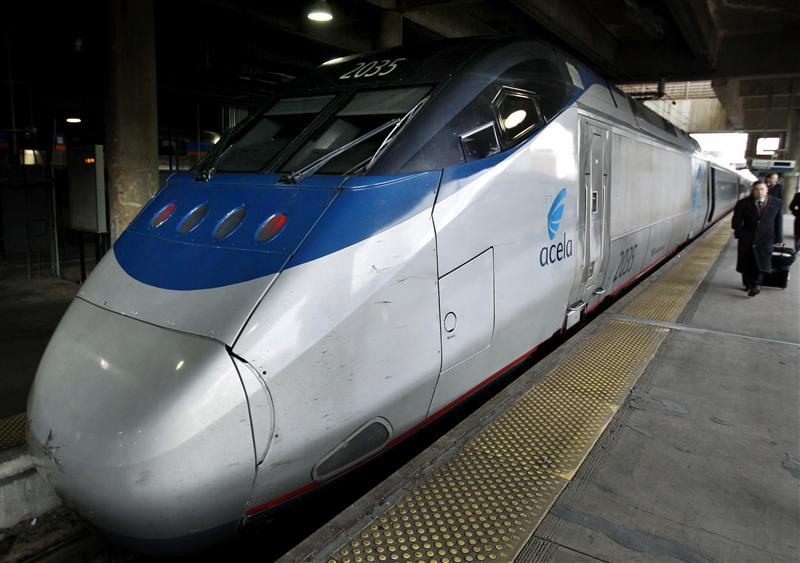Skift Take
The long-haul and little-used regional routes that are identified as the weakest links are present solely due to political influence and deal making. Really, who has any desire to go to Harrisburg, PA unless they absolutely have to?
Amtrak’s long-distance routes, lightly traveled and expensive to run, are the biggest drag on Amtrak’s finances, and the states on those routes should be required to help pay for them, a new analysis says.
The 26 routes of less than 400 miles brought in $47 million more than they cost to operate in 2011, while the 15 routes of more than 750 miles lost $598 million, according to an analysis issued Friday by the Brookings Institution.
State support was crucial to the success of the shorter routes, as the states provided $185 million, or 31 percent, of those routes’ revenue in 2011.
Click here to view an interactive map of routes and costs.
Current law requires states to contribute to the costs of routes of less than 750 miles, and “it should be a top priority to expand the requirement for state operating support to include the long-distance routes,” said the report by Brookings, a Washington-based research institute.
The federal law that regulates Amtrak and other rail operations is to expire in September. A reauthorization of that law should require more costs be borne by the states served by Amtrak, the report said.
In Pennsylvania, Amtrak has said it will end its $8 million-a-year contribution for running the popular Keystone service between Philadelphia and Harrisburg on Oct. 1.
Pennsylvania, which already spends about $9 million a year to underwrite Keystone operations, has its own financial woes and is negotiating with Amtrak to avoid service cuts on the route.
And possible extinction faces the Pennsylvanian, the once-a-day passenger train that operates between Pittsburgh and Harrisburg (and continues on to Philadelphia and New York). That route gets a $7 million annual subsidy from Amtrak.
Amtrak routes of less than 400 miles carried 83 percent of its 31 million passengers, while the longer routes carried 17 percent of the passengers but constituted 43 percent of Amtrak’s operating costs.
“If states cannot agree that certain routes are worth supporting, then they should be scaled back in much the same way as short-distance routes,” the Brookings report said, suggesting that states could replace trains with buses if they don’t want to share the rail costs.
Amtrak has enjoyed ridership that is growing faster than air or auto passenger travel, though planes and cars carry far more passengers than trains do.
Ridership is up 55 percent since 1997, and last year’s 31 million passengers gave Amtrak its ninth ridership record in the last 10 years.
Federal operating subsidies have declined during that period, from $700 million in 2005 to $466 million this year. Congressional foes call every year for an end to taxpayer support.
Dedicated funding, from such sources as ticket taxes, car rental fees, or vehicle sales taxes, could help do away with Amtrak’s annual financial uncertainty, the report said.
(c)2013 The Philadelphia Inquirer. Distributed by MCT Information Services. ![]()
The full report is embedded here:
The Daily Newsletter
Our daily coverage of the global travel industry. Written by editors and analysts from across Skift’s brands.
Have a confidential tip for Skift? Get in touch
Tags: amtrak
Photo credit: Amtrak's high speed Acela at Washington's Union Station. The routes along the Northeast Corridor are the nation's most used. Larry Downing / Reuters
